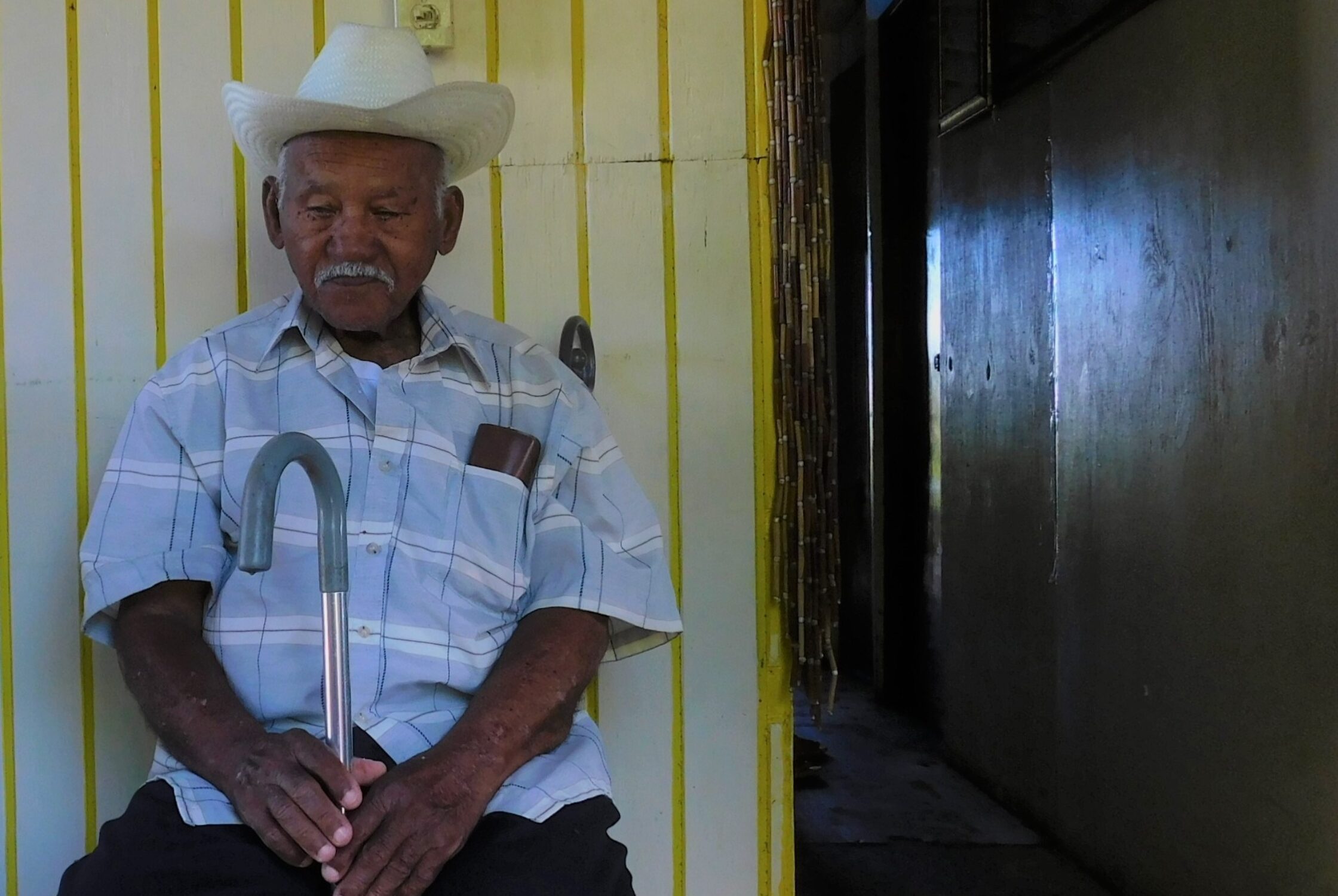UN Must Address Climate Displacement in Global Compact on Migration

Refugees International (RI) welcomes revisions reflected in GCM Rev. 2 that clarify the role of the adverse effects of climate change on human mobility. This includes the role of climate change in driving or contributing to human mobility (Objective 2) and the need to strengthen pathways for regular migration and protect and assist persons uprooted by climate change-related adverse effects (Objective 5). More broadly, RI also welcomes the commitment in GCM Rev. 2 to ensure that return of all migrants – regardless of the cause of movement or of their status – is safe and in accordance with the international human rights law principle of non-refoulement (Objective 21).
RI emphasizes that it is critical that both sudden- and slow-onset disasters be included in the GCM. RI is concerned by statements from the floor suggesting that persons uprooted by disasters brought on by sudden-onset hazards are not appropriately included in the GCM because they are forcibly displaced and as such, are covered under the Global Compact on Refugees (GCR). RI respectfully disagrees with this characterization in several respects.
“[P]ersons moving in the context of climate change-related adverse effects, including both sudden- and slow-onset hazards, must be included in the GCM. ”
First, the 1951 Refugees Convention (i) upon which GCR Draft 3 is grounded does not include within the definition of “refugee” persons who are displaced by disasters or climate change. This is evident in at least two sections of GCR Draft 3 which indicate that those uprooted by disasters, environmental degradation, or climate change are not squarely covered.
Paragraph 8 of GCR Draft 3 related to prevention and root causes states that “. . . [w]hile not in themselves causes of refugee movements, climate, environmental degradation and natural disasters may interact with the drivers of refugee movements.” (GCR Draft 3, para. 8, emphasis added).
Paragraph 12 of the GCR Draft 3 outlining the CRRF Program of Action acknowledges that population movements may include mixed movements, meaning both refugees and other categories of persons not considered refugees, including those “externally displaced by sudden-onset natural disasters and environmental degradation.” (GCR Draft 3, para 12, emphasis added).
As these provisions clearly indicate, persons moving in the context of climate change-related adverse effects, including both sudden- and slow-onset hazards, must be included in the GCM, as they are not covered as refugees in the current draft of the GCR.
Second, evidence shows that sudden-onset hazards often lead to migration due to inability of affected communities to recover in their aftermath. It is often assumed that the rapid-onset nature of the trigger event – the hazard – invariable characterizes the nature of the movement (i.e., rapid and forced). Yet this framing does not accurately reflect the available evidence regarding the complex role that climate change adverse effects – including sudden-onset events – have on human mobility.
“It must be emphasized that the nature of the hazard should not be conflated with the nature of the resulting movement.”
According to the UN Inter-governmental Panel on Climate Change, climate change is contributing to an increase in the frequency and force of sudden-onset natural hazards such as storms (hurricanes, cyclones, and typhoons) and intense rainfall and related flooding. (ii) Monitoring indicates that sudden-onset hazards force tens of millions of people from their homes each year. (iii) While such rapid-onset events often result in immediate, large-scale forced displacement, they also have significant, long-lasting impacts on access to secure shelter, food security, and livelihoods. In short, while the hazard itself might occur rapidly and directly force people from their homes, such events also have long-lasting impacts that leave their survivors – especially those who are unable to recover their homes and livelihoods – with no option but to migrate.
This is supported by studies showing high rates of out-migration in disaster-affected communities in the weeks and months following a disaster due to the impacts on livelihoods and the inability of affected communities to recover. For example, social impact monitoring conducted by the World Bank following Cyclone Nargis in Myanmar revealed that the inability of affected villages to recover from the disaster led to high levels of out-migration over time. In some instances, nearly half of village youth ultimately migrated as the only means of coping with the disaster. (iv) Moreover, small-scale, recurrent sudden-onset hazards (such as more frequent episodes of annual flooding), while sudden-onset in nature, can erode livelihoods over time.
Vulnerable households with low-levels of resilience face the greatest challenges to recovery in the aftermath of acute, sudden-onset hazards. Recurrent sudden-onset large- and small-scale disasters can erode resilience, undermine livelihoods, result in recurrent displacement, and eventually lead people to migrate not by choice, but rather out of desperation. It must be emphasized that the nature of the hazard should not be conflated with the nature of the resulting movement. Given the increasing impacts of both slow- and sudden-onset events on migration, and the risk they present to the human rights of persons uprooted in such context, RI urges States to ensure that both are included in the GCM.
i United Nations, Treaty Series, vol. 606, No. 8791.
ii Special Report of the IPCC, Managing the Risks of Extreme Events and Disasters to Advance Climate Change Adaptation, Summary for Policy Makers (2012). http://www.ipcc.ch/pdf/specialreports/srex/SREX_FD_SPM_final.pdf
iii According to IDMC, there were 24.2 million new displacements by disasters in 2016. As in previous years, South and East Asia were the regions most affected with small island states suffering disproportionately. IDMC, Global Report on Internal Displacement 2016. http://www.internal-displacement.org/global-report/grid2017/#on-the-grid
iv EMR, World Bank Group, GFDRR, “Another Nargis Strikes Every Day, Post-Nargis Social Impacts Monitoring Five Years On,” 2014, 10. https://www.gfdrr.org/en/publication/another-nargis-strikes-every-day